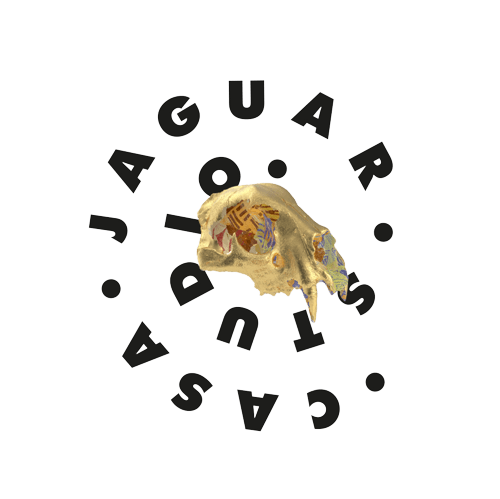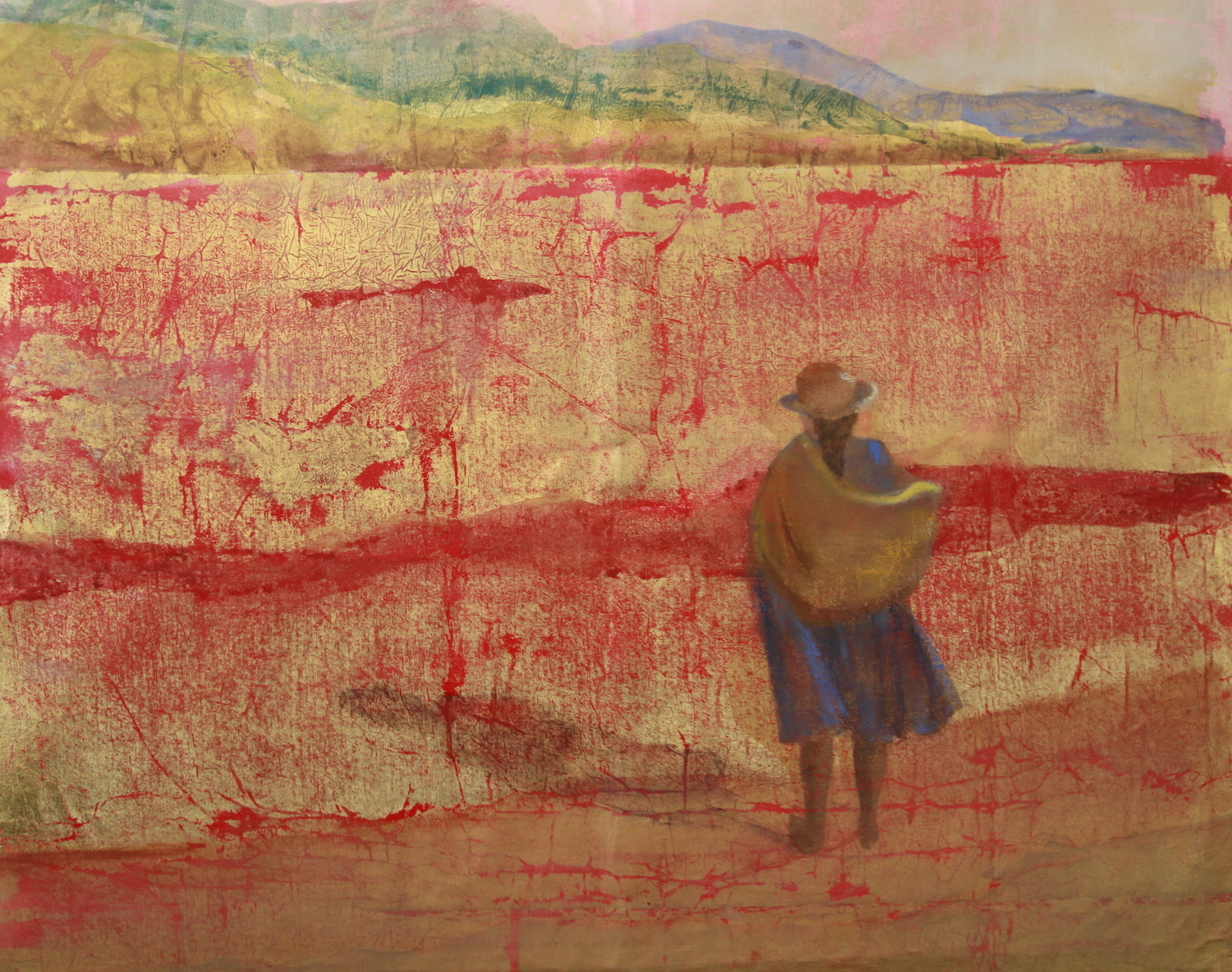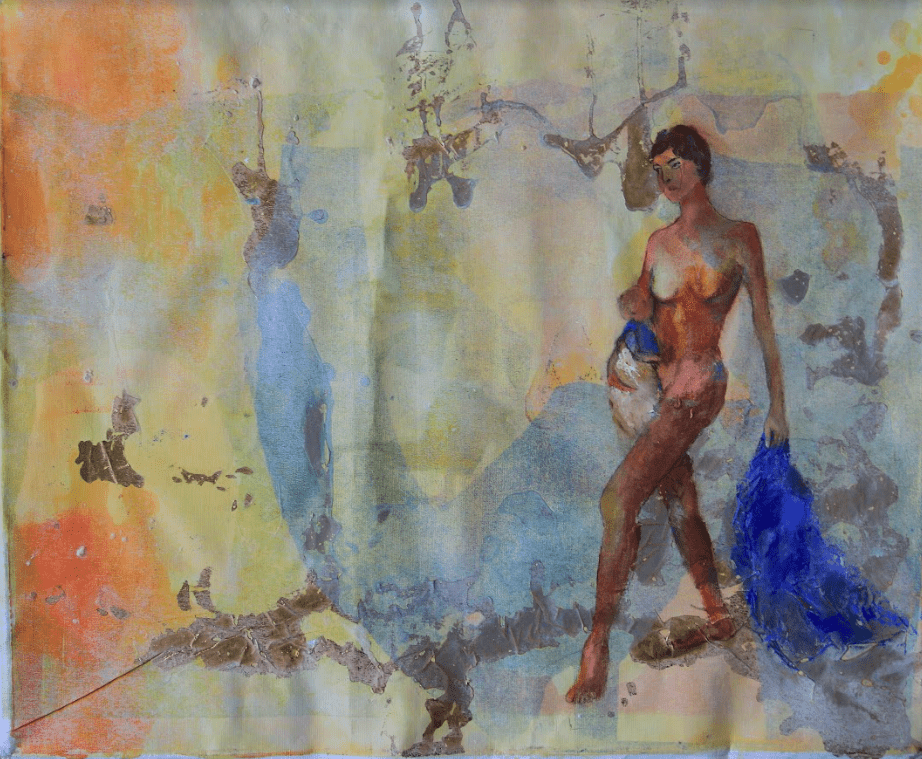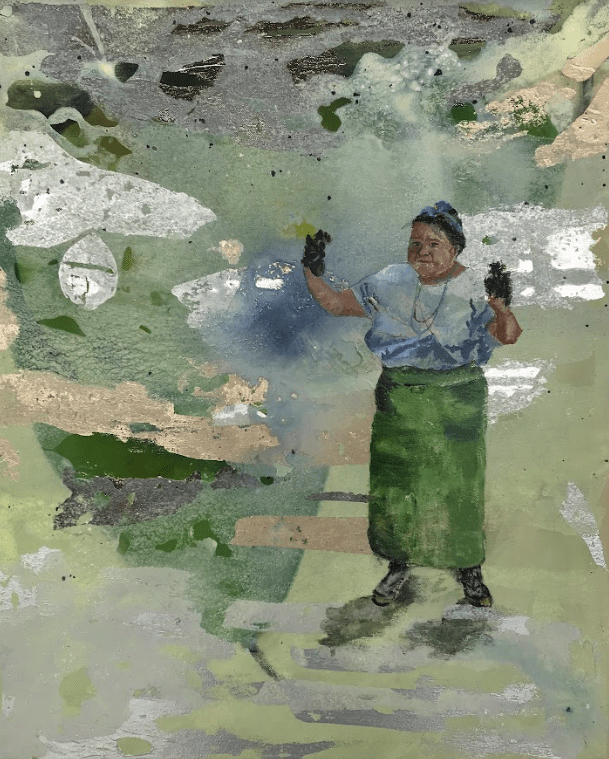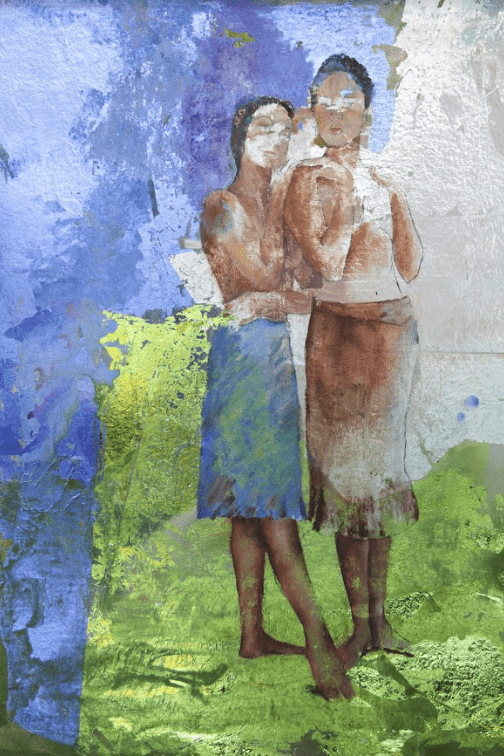En el 2016, Máxima Acuña de Chaupe ganó el Premio Medioambiental Goldman por su defensa del territorio contra el proyecto de la Newmont Mining Corporation, la minera de oro más grande del mundo.
Máxima Acuña nació en las montañas de Cajamarca y allí ha vivido toda su vida. El departamento de Cajamarca se encuentra al norte del Perú y tiene una cuenca hidrográfica importante del país ya que sus aguas aportan al río Marañón, la principal fuente hidrológica del gran río Amazonas. Máxima y su familia viven en lo alto de la sierra cerca a la hermosa Laguna Azul, su fuente de agua y de vida. Esta laguna es uno de los 600 cuerpos de agua de la región de las Lagunas de Alto Perú.
Esta defensora de la tierra cuenta que nunca fue a la escuela y no aprendió a leer ni escribir. Se casó muy joven, a los 14 años, con Jaime Chaupe con quien tuvo cuatro hijos. Con su esposo trabajaron para otros agricultores de la comunidad criando sus animales. También cultivaban tubérculos y papa que intercambiaban por granos y frutas con otros miembros de la comunidad. En 1994, vendieron todos los animales que tenían para comprar su terreno en Tragadero Grande. Allí vivieron en paz hasta que en el 2011 empezó la pesadilla con el consorcio minero Yanacocha.
Un día de mayo de ese año, un grupo de ingenieros de Yanacocha, acompañados de guardias de seguridad y policías invadieron su terreno en Tragadero Grande para desalojar a la familia afirmando que no eran los dueños legítimos de esas tierras. Cuando Máxima les mostró los documentos de compra de la tierra le dijeron que no tenían valor, derribaron sus cercas y destruyeron su casa.
El consorcio Yanacocha es integrado por la empresa estadounidense Newmont Mining Corporation, la peruana Compañía de Minas Buenaventura y la Corporación Financiera Internacional—un organismo dependiente del Banco Mundial. Yanacocha asegura que las tierras en las que vive Máxima con su familia se las compraron a la comunidad de Sorochuco en 1996 y 1997 para el Proyecto Conga. El proyecto pretendía extraer seis millones de onzas de oro durante 19 años en Cajamarca. Para ello, Yanacocha tendría que secar cuatro lagunas y una de ellas era la Laguna Azul.
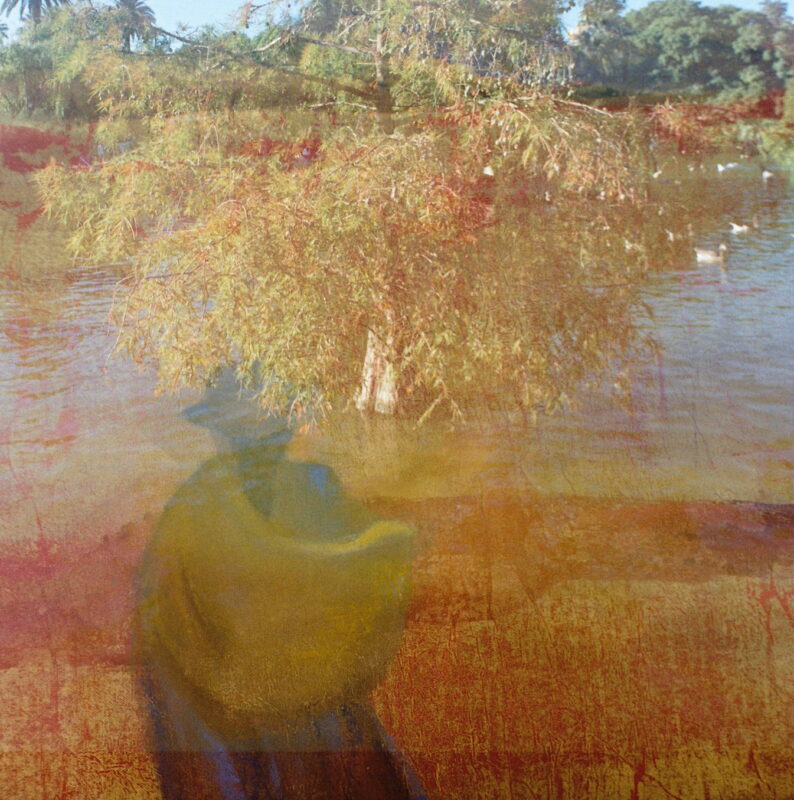
Máxima se pregunta: ¿en qué lugar en el mundo las lagunas están a la venta? Para ella y su familia, los lagos son su gran tesoro.
Cuatro meses después, los ingenieros de Yanacocha volvieron con maquinaria pesada y un gran grupo de policía antidisturbios y soldados. La hija menor de Máxima se arrodilló al frente de una excavadora para que no hicieran más daño en su terreno pero no tuvieron compasión. Los soldados patearon a Máxima y a su hija hasta dejarlas inconscientes en el piso mientras que la policía apuntaba sus ametralladoras a las cabezas de su esposo e hijo menor. Destruyeron su nueva choza y se apoderaron de absolutamente todas sus pertenencias. La hija mayor de Máxima grabó todo en su celular. Este fue el primero de los muchos atropellos que vendrían.
Máxima y su familia fueron a la Fiscalía de la provincia de Celendín y denunciaron estos ataques violentos pero sus quejas fueron archivadas. Buscando justicia, acudieron a la abogada Mirtha Vásquez de la ONG Grufides quien accedió a llevar su caso.
Esta familia no fue la única en oponerse a Yanacocha, la resistencia fue comunitaria. En el año 2012, una movilización regional en contra del proyecto Conga forzó al consorcio a suspender sus actividades temporalmente. Durante las protestas, cientos de personas fueron heridas y cinco personas fueron asesinadas, incluyendo un menor. Ese mismo año, Yanacocha demandó a la familia Chaupe Acuña por usurpación agravada y la corte de Celendín los encontró culpables. Fueron sentenciados a casi tres años de prisión, pagar reparaciones a la minera y abandonar sus tierras en 30 días. Mirtha Vásquez apeló la decisión y la Corte Superior de Cajamarca ordenó la absolución de la familia en el 2013. A pesar de esto, Yanacocha llevó el caso de usurpación a la Corte Suprema de Justicia de Perú.
La minera siguió torturando a Máxima con apoyo de la policía. Cercaron su tierra y construyeron una torre desde donde monitorean sus movimientos, destruyeron sus cultivos y asesinaron a sus animales e incluso amenazaron con asesinarla a ella. En repetidas ocasiones, la minera destruyó e invadió el hogar de Máxima, intentó expulsarla y la intimidó. La comunidad también sufrió este patrón de hostigamiento, actos violentos y amenazas. En el 2014, la Comisión Interamericana de Derechos Humanos ordenó a Perú a adoptar las medidas necesarias para garantizar la vida y la integridad personal de los líderes de las comunidades campesinas y de las Rondas Campesinas de Cajamarca.
En el 2017, la Corte Suprema de Justicia sentenció a favor de Máxima y su familia declarandoles inocentes de usurpación.
Máxima Acuña recibió el Premio Goldman Medioambiental con esta canción:
“Yo soy una jalqueñita, que vivo en las cordilleras.
Pasteando mis ovejas en neblina y aguacero.
Cuando mi perro ladraba, la policía llegaba.
Mis chocitas las quemaron, mis cositas las llevaron.
Comidita no comía, solo agüita yo tomaba.
Camita yo no tenía, con pajitas me abrigaba.
Por defender mis lagunas, la vida quisieron quitarme.
Ingenieros, seguritas, me robaron mis ovejas.
Caldo de cabeza tomaron, en el campamento de Congo.
Si con esto, adiós, adiós, hermosísimo laurel, tú te quedas en tu casa, yo me voy a padecer”.
Después de su canto agregó:
“Yo defiendo la tierra, defiendo el agua, porque eso es vida. Yo no tengo miedo al poder de las empresas, seguiré luchando por los compañeros que murieron en Celendín y Bambamarca y por todos los que estamos en la lucha en Cajamarca”
Hasta el día de hoy continúa la lucha de esta familia campesina contra una de las mineras más grandes del mundo.
Referencias
Front Line Defenders. (2017) “Case History: Máxima Acuña de Chaupe”. Recuperado el 12 de septiembre de 2023.
Olivera, Roxana. (2016) “I will never give up my land”, New Internationalist. Recuperado el 12 de septiembre de 2023.
Redacción BBC News. (2016) “Máxima Acuña, la campesina peruana ‘heredera’ de la activista asesinada Berta Cáceres”, BBC Mundo. Recuperado el 12 de septiembre de 2023.
Goldman Environmental Prize. (2016). Máxima Acuña acceptance speech, 2016 Goldman Prize ceremony. Recuperado el 12 de septiembre de 2023.
